- Home
- Machining techniques
- CNC Machining Services
- Cooperative supply services
- Designs
- Materials
- Finishing Services
- Shop
- Products
- Guide
- About Us
- Contact Us
2022.5.27
In order to create artificial environment and conditions to meet the conductivity requirements, that is, when the staff operate the WEDM opportunity to instruct moo to cut the remaining parts of the workpiece, they can adopt the treatment methods of sticking copper sheets between the cut part and the matrix and plugging copper sheets in the cutting gap to create artificial positioning conditions and conductivity conditions, so that the spark machining can continue. The specific wire edm machining working methods and skills are as follows.
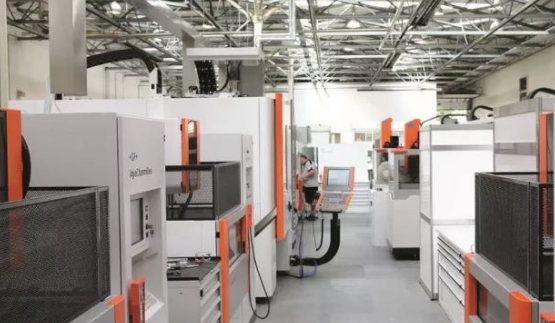
1. Paste the connecting copper sheet between the cut part and the parent material.
The purpose is to connect and fix the remaining part of the workpiece with the parent material during cutting, so as to ensure good positioning conditions for wire EDM, so as to ensure excellent processing quality of the workpiece. This can be carried out according to the following steps.
① First, cut the thin copper sheet (the thickness depends on the wire electrode condition and the shape of the processing part) into long strips according to the size of the processing workpiece, and then fold it to ensure that the folded part is long and short. The purpose of using short copper sheet is to reduce the thickness of the copper sheet and make the upper nozzle closer to the machining part of the workpiece, so as to improve the machining accuracy.
② Then flatten the bent part of the copper sheet with a small hand hammer and repair it into an appropriate shape with a assorted file.
③ Then plug the copper strip treated above into the gap formed by wire electrode processing, and drop 502 glue (i.e. epoxy resin instant quick drying glue) on the surface of this part of the workpiece. During cutting, the workpiece is under great pressure due to high-pressure flushing of the WEDM machine. If the copper strip is simply plugged to ensure conductivity and fixation, the following problems are likely to occur: (a) the copper strip is too loose, which is afraid of unreliable fixation and unstable conductivity. (b) The copper sheet is stuffed too tightly, and it is worried about damaging the surface of the workpiece and damaging the geometric tolerance, so 502 glue is used to ensure that the cut part is fixed with the parent material.
④ When the copper sheet is inserted into the processing part, the BC section is inserted into the gap, and the ad section is leveled to make the upper nozzle closer to the workpiece to ensure the processing accuracy. After processing, the copper sheet can be taken out from the gap by breaking it straight. In particular, it should be noted that when using 502 glue to paste the connecting copper sheet, it should be far away from the remaining parts of the workpiece, so as to prevent 502 glue from seeping into the threading hole of the wire guide nozzle just below it, causing the threading hole to be blocked. In addition, symmetrical distribution shall be considered at the position where the connecting copper sheets are pasted, and it shall be ensured that they are plugged at the same time, so as to avoid the offset of the workpiece, which may affect the machining quality of the workpiece.
2. Fill the conductive copper sheet between the cut part and the parent material.
The thin copper sheet folded, cut, hammered and filed is filled into the gap formed by online electrode processing, and the copper sheet is closely bonded with the gap wall. The purpose of filling this copper sheet is to conduct electricity, because 502 glue is used when pasting and connecting the copper sheet in front, and 502 glue is non-conductive. In order to achieve the conductivity requirements, the method of filling the conductive copper sheet is adopted. When filling the conductive copper sheet, attention should also be paid to the symmetrical arrangement of the copper sheet and the copper sheet should be tightened at the same time, and it should not be too tight to avoid scratching the surface of the workpiece.
Whether it is the shape of bonding copper sheet or filling conductive copper gap. Small copper sheets shall be made into arc shape, and the hammered copper sheet surface shall be polished with metallographic abrasive cloth to ensure that the copper sheet surface is smooth and avoid scratching the machined surface of the workpiece.
In the multiple machining of the remaining parts of the wire EDM workpiece, the conductivity of the workpiece must be solved first, because in the high-precision wire EDM machining, the walking route of the wire electrode may need to walk back and forth along the machining track for many times to ensure that the workpiece has high surface roughness and surface accuracy. At this time, the wire EDM machining depends on the remaining parts of the workpiece to play the role of conductivity to ensure the normal operation of electrical machining. However, during the cutting and processing of the remaining part of the workpiece, if the remaining part of the workpiece is cut off for the first time, the cut part will be separated from the matrix, resulting in the interruption of the conductive circuit and the inability to continue the processing. Therefore, considering the conditionality and continuity of wire EDM machining, it is necessary to ensure that the remaining part of the workpiece can maintain the requirements of normal conductivity with the matrix even in the case of multiple cutting.
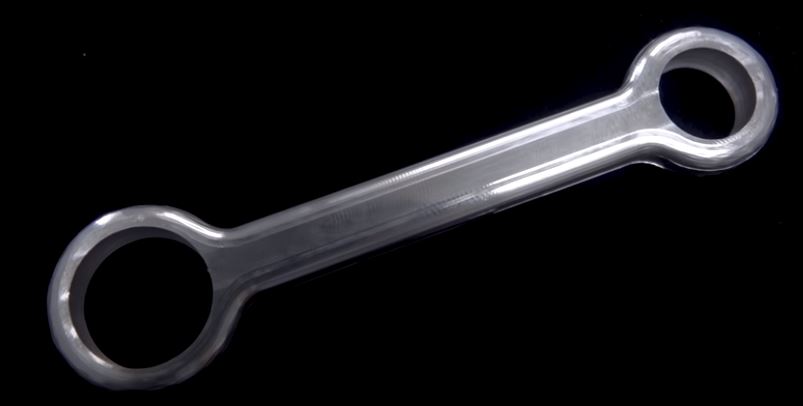 Window Machining & Tabbing For CNC Fixturing – 5 CNC Techniques For Multiple Axis CNC Machining Applications
Window Machining & Tabbing For CNC Fixturing – 5 CNC Techniques For Multiple Axis CNC Machining Applications
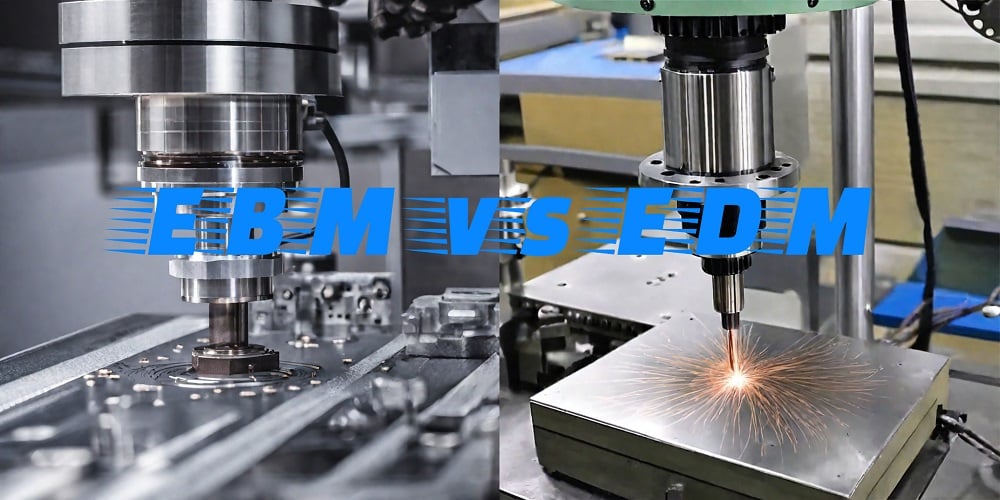 EBM vs. EDM: Differences in Process, Applications, Materials, Surface Roughness, Cost
EBM vs. EDM: Differences in Process, Applications, Materials, Surface Roughness, Cost
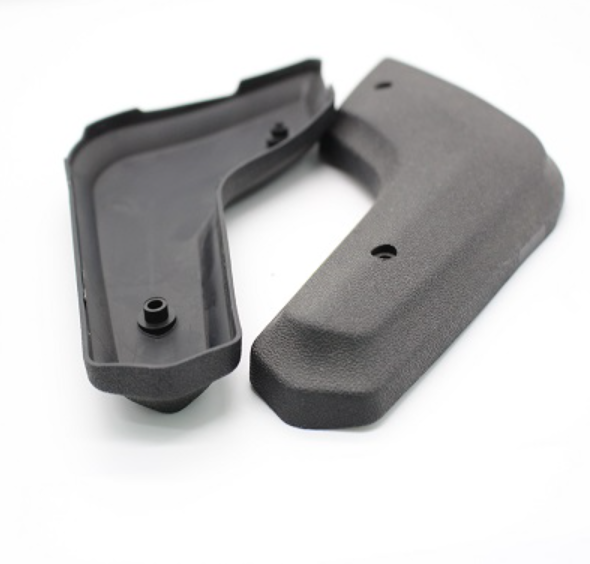 Plastic Shrinkage: What Causes Plastic Shrinkage & How To Fix | CNCLATHING
Plastic Shrinkage: What Causes Plastic Shrinkage & How To Fix | CNCLATHING
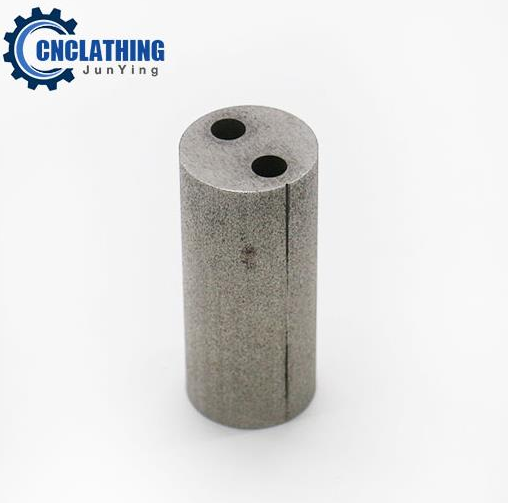 What is Wire EDM & How Does it Work – What You Should Know About Electrical Discharge Machining | CNCLATHING
What is Wire EDM & How Does it Work – What You Should Know About Electrical Discharge Machining | CNCLATHING
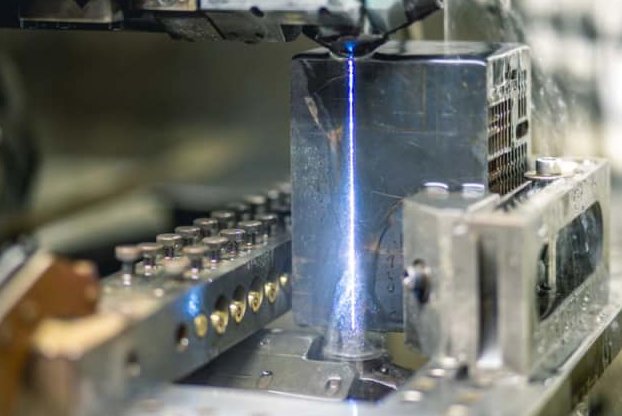 Steps & Requirements Of Wire EDM Machining – How To Reduce The Human Error In WEDM
Steps & Requirements Of Wire EDM Machining – How To Reduce The Human Error In WEDM
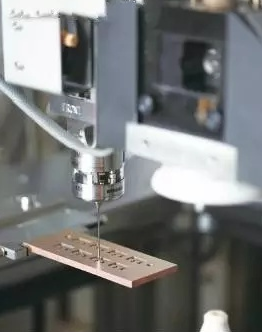 Development Of On-Line Measurement In Wire EDM Machining
Development Of On-Line Measurement In Wire EDM Machining
